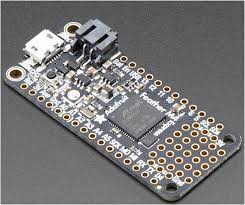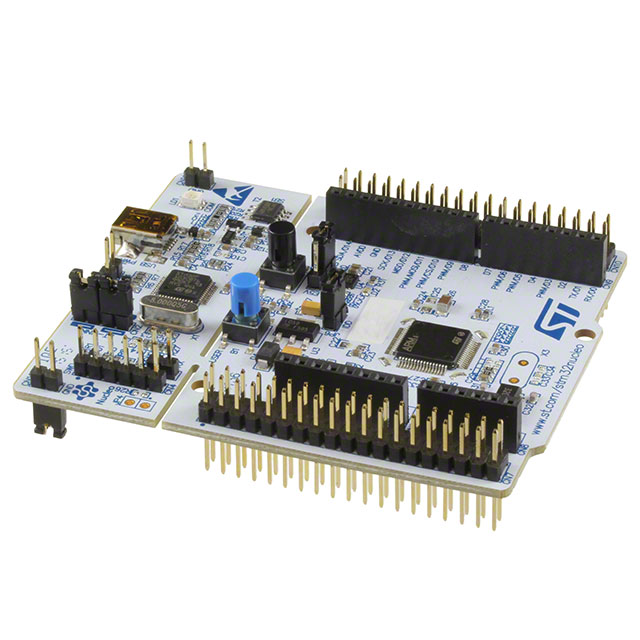Consumer Robots
Find robots by their name, purpose, creator, or launch date
Humanoid Robots
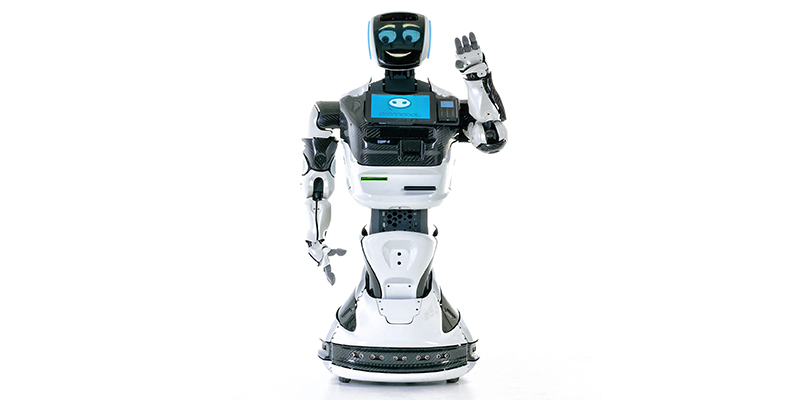
Promobot is a customizable humanoid robot that’s capable of working in a range of service-oriented roles. Equipped with facial recognition and chat functions, Promobot can issue keycards, scan and auto-fill documents, and print guest passes and receipts.
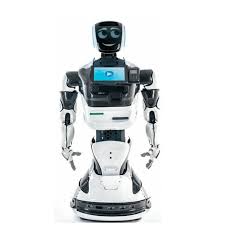
Promobot V.4 is a humanoid service robot that autonomously engages customers with speech and facial recognition, processes payments and documents, prints receipts, and navigates public spaces for up to 8 hours per charge. With cloud-based management and customizable multimedia content, it’s ideal for enhancing service in hotels, banks, museums, airports, and schools.
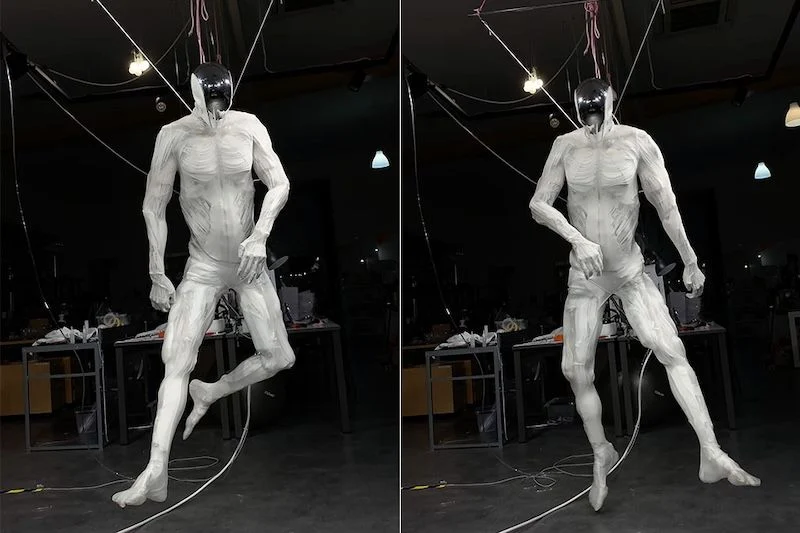
The Protoclone is an eerie addition to a growing list of humanoid robots. Designed by Clone Robotics using its Myofiber technology, the robot consists of more than 1,000 synthetic muscles that mimic the function of 206 human bones.
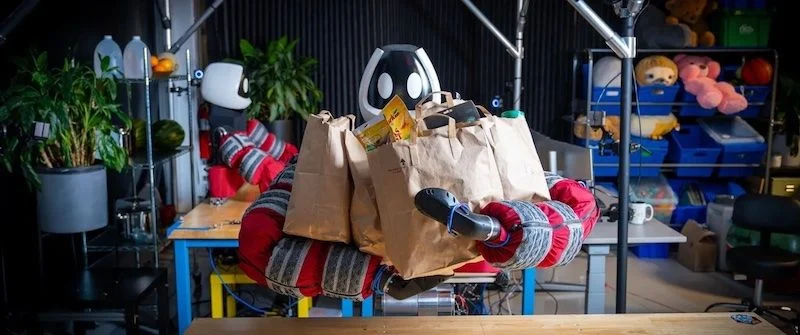
Punyo is the latest humanoid robot to be produced by the Toyota Research Institute. The Japanese word “punyo” has associations of cuteness and resilience, and Punyo embodies these traits in its squishy appearance.
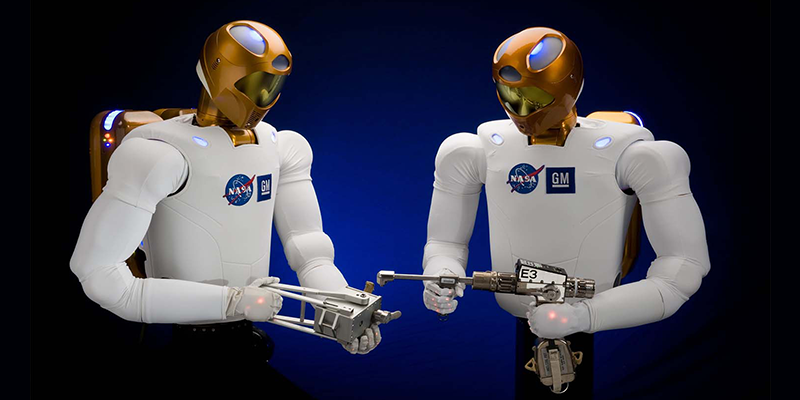
Developed by NASA and General Motors, Robonaut 2 is a humanoid robot that works alongside human counterparts in space and on the factory floor. More than a decade ago, Robonaut 2 became the first humanoid robot to enter space, and worked as an assistant on the International Space Station until 2018, when it returned to Earth for repairs.
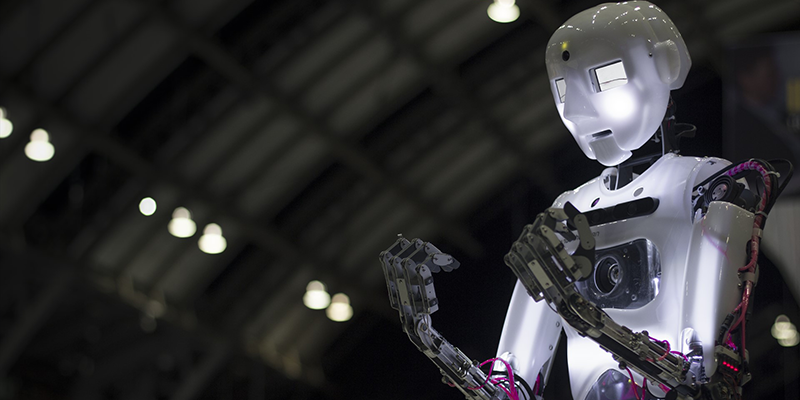
Another humanoid robot from Engineered Arts is RoboThespian, which features telepresence software that allows humans to remotely talk through the robot.
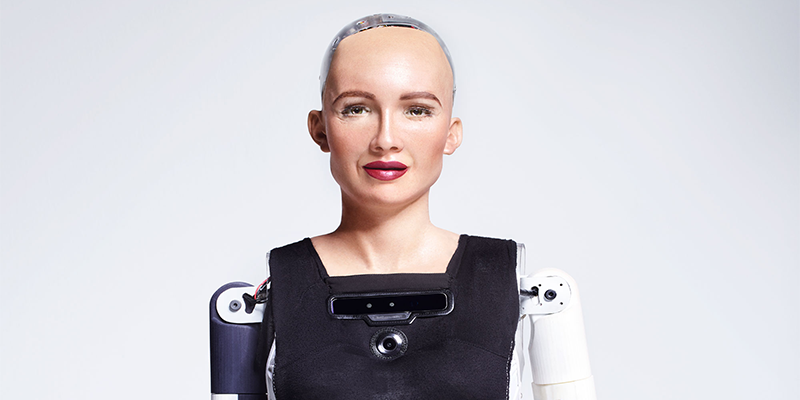
Hanson Robotics’ AI-powered humanoid robot Sophia has traveled the world, graced the cover of Cosmopolitan Magazine, made multiple appearances on The Tonight Show and addressed the United Nations.
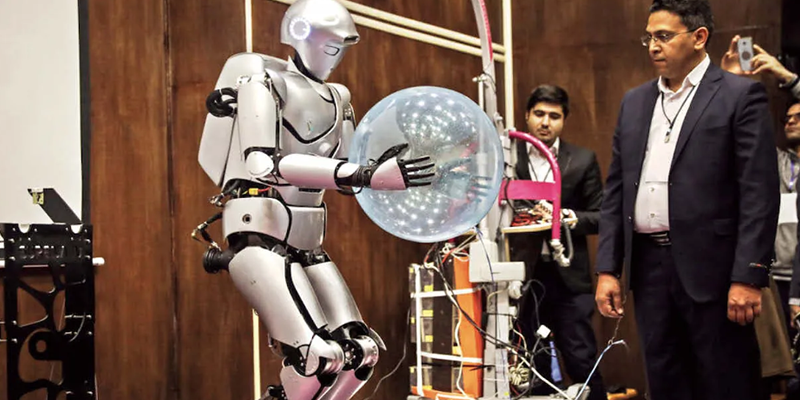
Able to grab a water bottle, pose for a selfie and write its own name on a whiteboard, Surena IV is the latest humanoid robot from the University of Tehran. IEEE Spectrum reports that Surena IV has improved tracking capabilities and hands that allow it to use power tools.
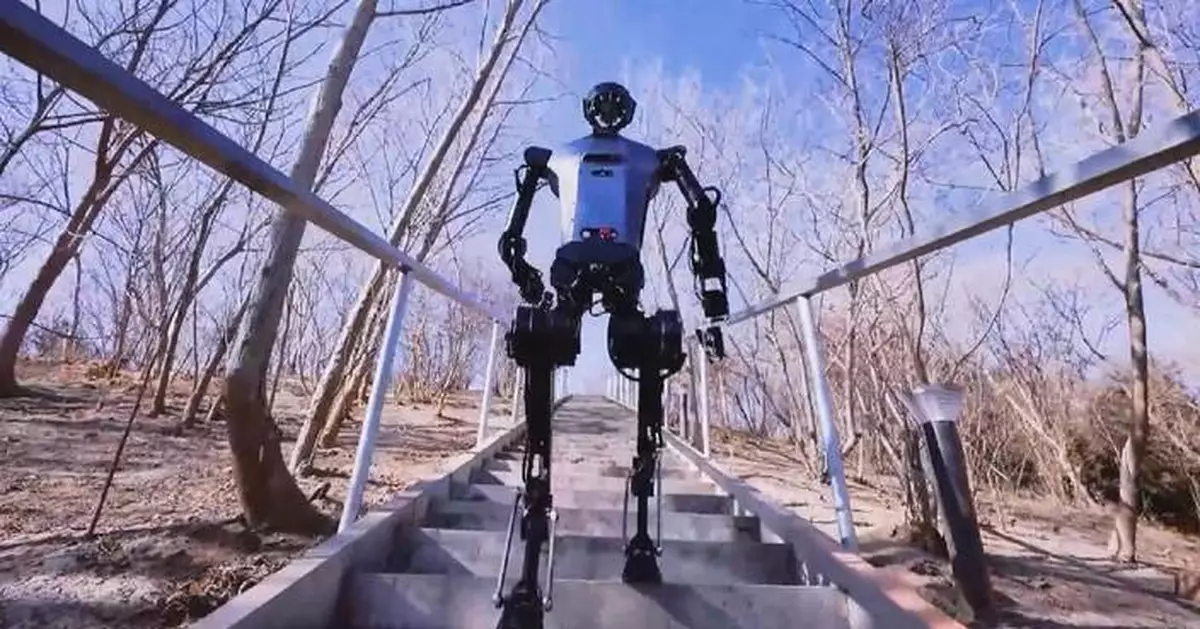
The Tiangong 2.0 is an advanced humanoid robot designed for high-performance movement, interaction, and AI applications. Featuring precision-engineered joints, adaptive control systems, and realistic motion, it delivers exceptional performance for research, education, and commercial demonstrations.
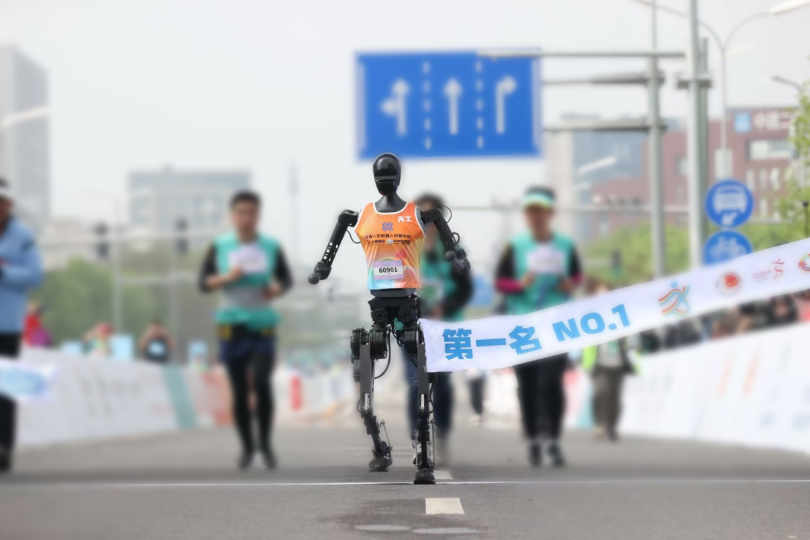
Tiangong is perhaps the first humanoid robot to win a half-marathon race. Developed by Chinese startup X-Humanoid, Tiangong Ultra can navigate various terrains at a steady pace, and can also perform other tasks, including grabbing items with its articulating arms.
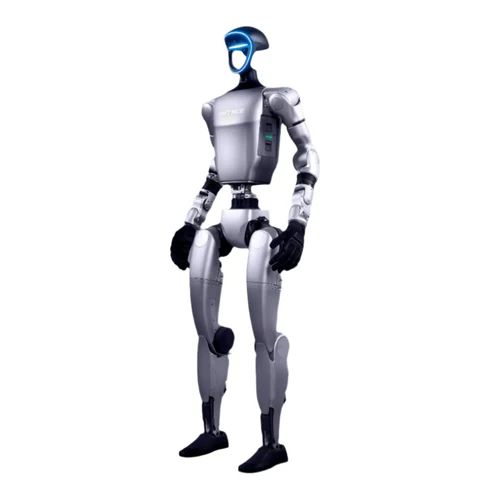
The Unitree G1 is a high-performance humanoid robot featuring 23–43 degrees of freedom, advanced mobility, and a modular design for research, education, and interactive demonstrations.
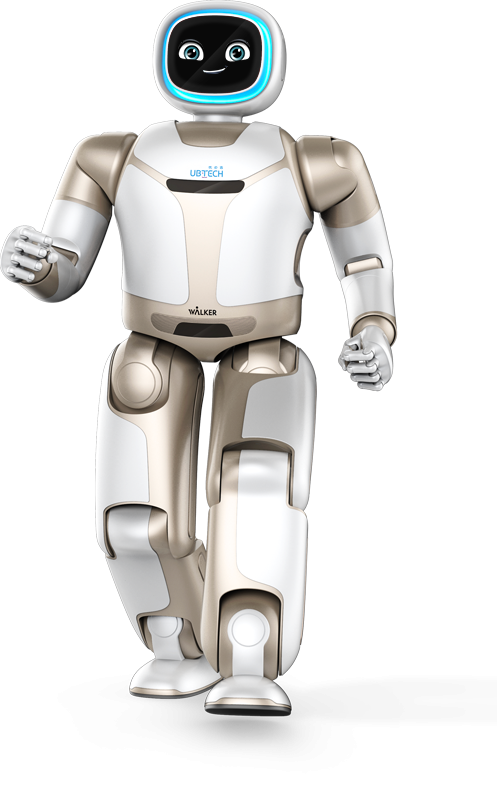
Agile bipedal humanoid robot with advanced mobility and smart interactive capabilities.
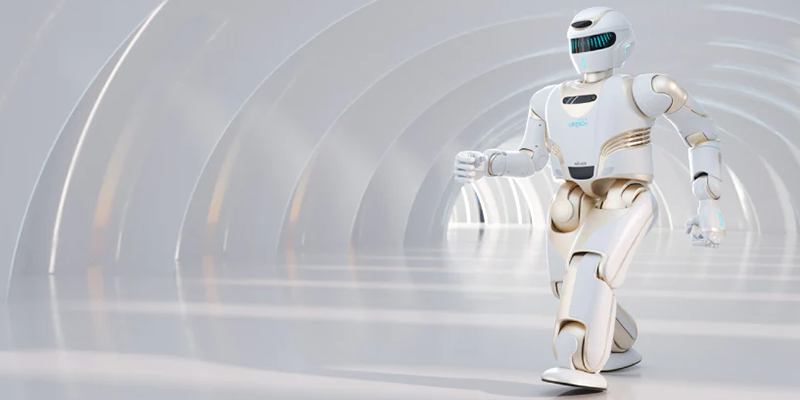
With improved hand-eye coordination and autonomous navigation, Walker, a humanoid service robot by UBTECH Robotics, is able to safely climb stairs and balance on one leg. UBTECH has since branched out to design an industrial version of Walker as well.
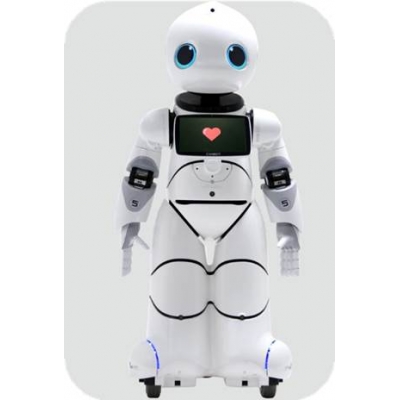
Advanced humanoid robot with multi-sensor perception and lifelike emotional interaction.
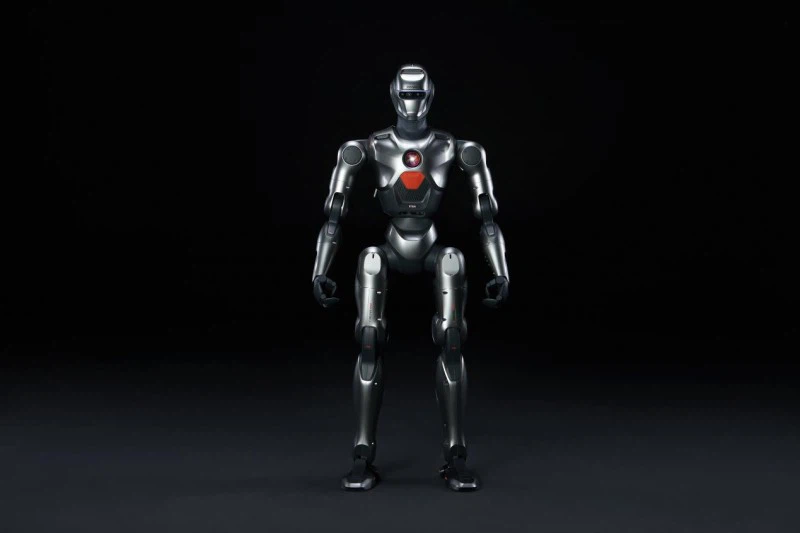
The Zhongqing PM01 is a versatile humanoid robot with 24 degrees of freedom, powered by Intel and NVIDIA processors, designed for dynamic movements and interactive applications.
Newsletter
Newsletter
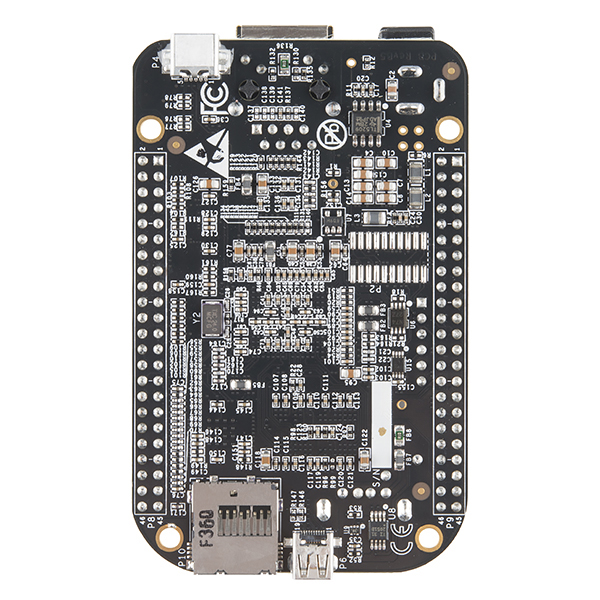
The BeagleBone Black is a powerful Linux-enabled development board with a 1GHz ARM Cortex-A8 processor, 512MB RAM, and onboard eMMC. Known for real-time GPIO control via the PRU subsystem, it’s used in industrial and mobile robotics, especially when running a full Linux stack is beneficial.
BeagleBone Black
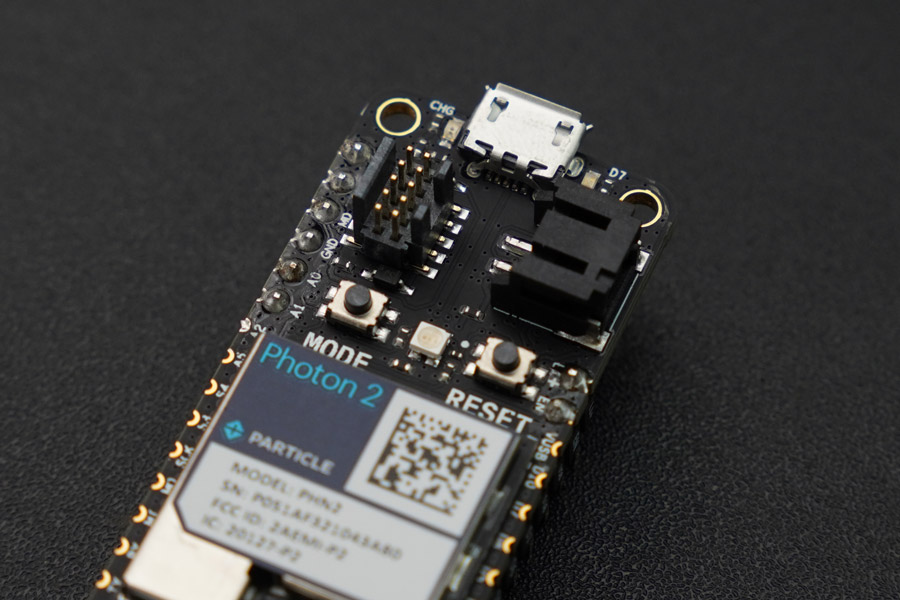
The Photon 2 is a powerful IoT-focused development board with Wi-Fi and BLE 5.0, an ARM Cortex-M33 MCU, and secure cloud connectivity. Ideal for robotics devices that require OTA updates, cloud integration, or remote control. It includes an onboard antenna and Particle’s easy-to-use platform for device management.
Particle Photon 2
Events

